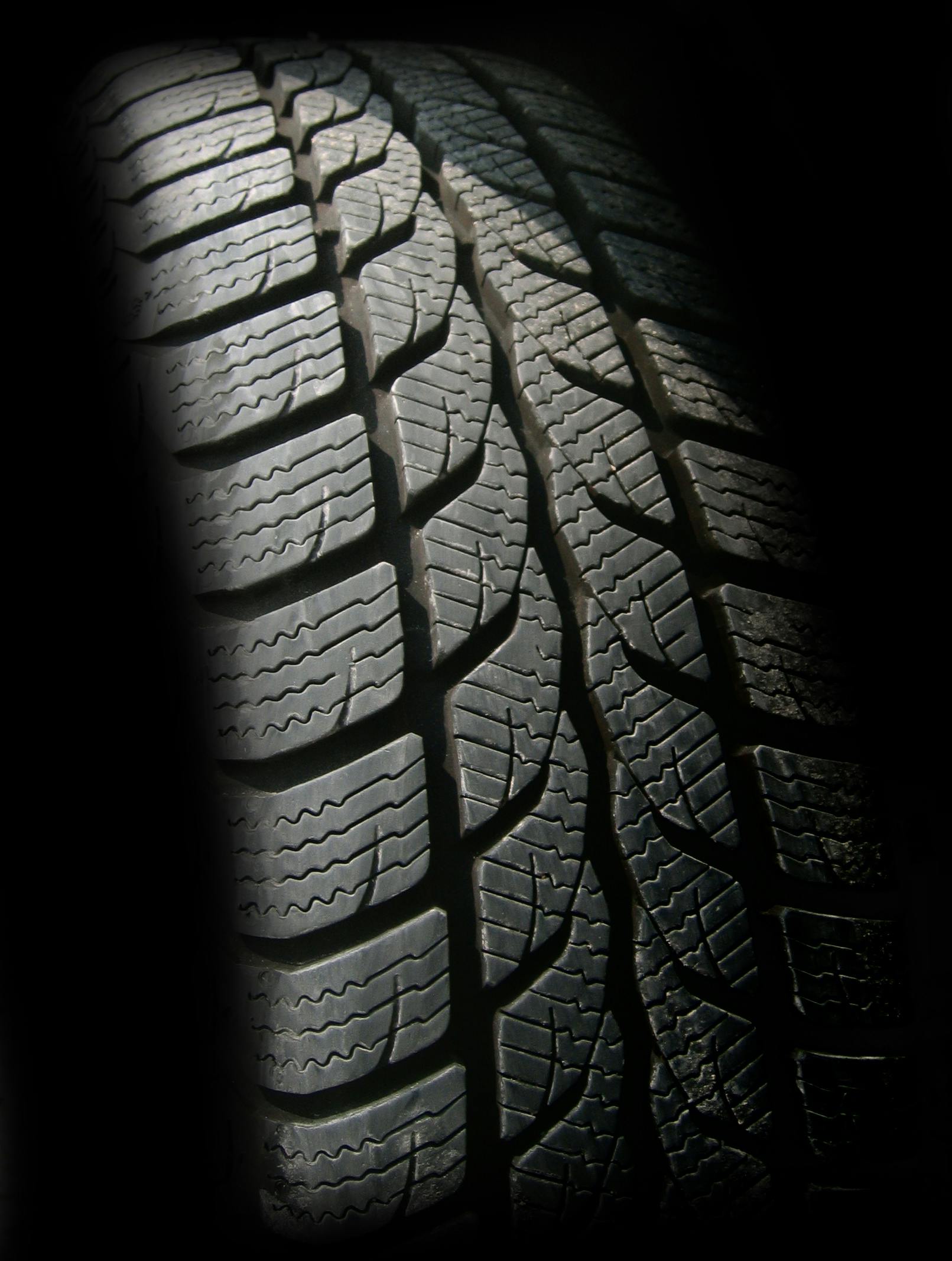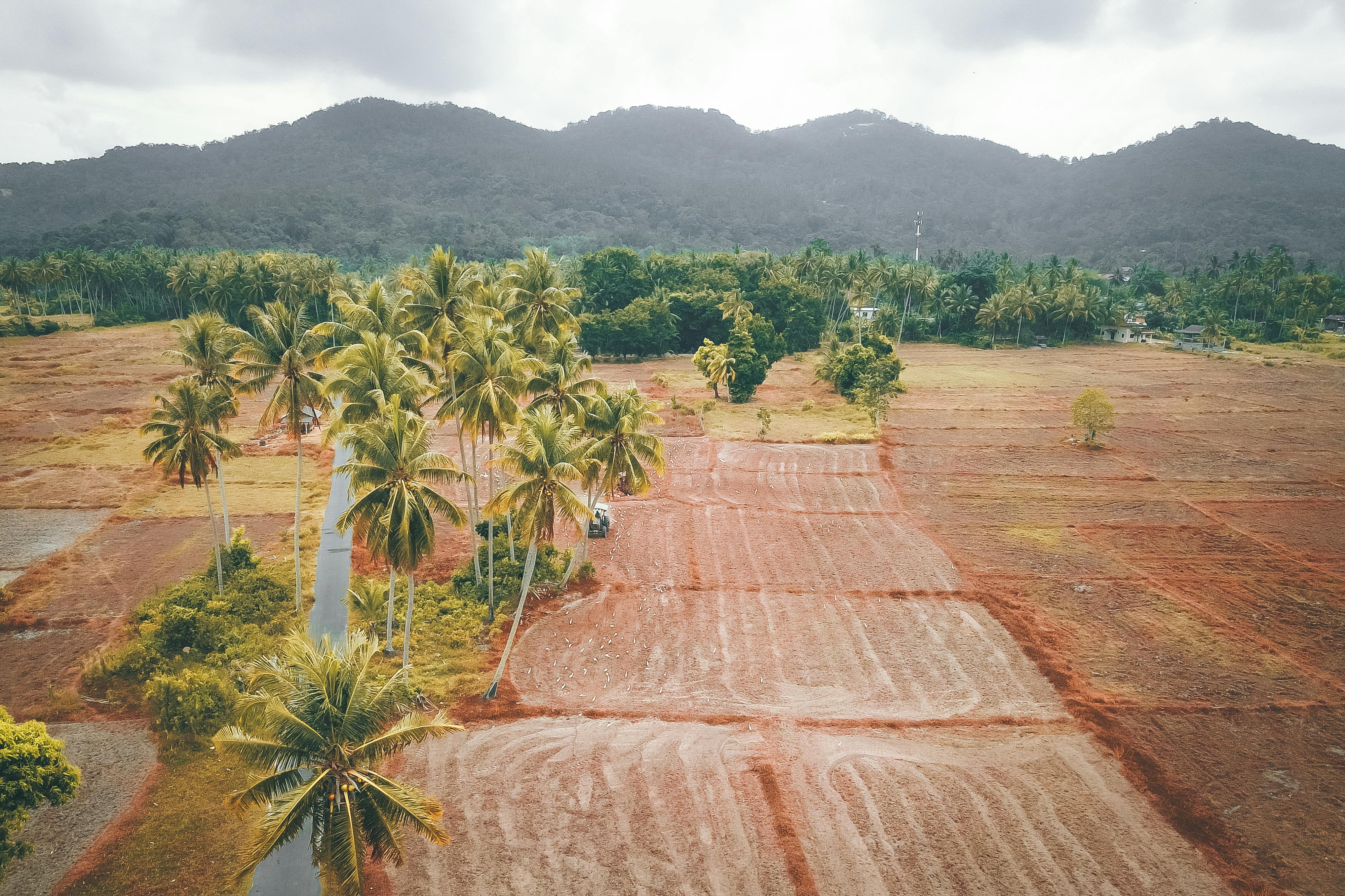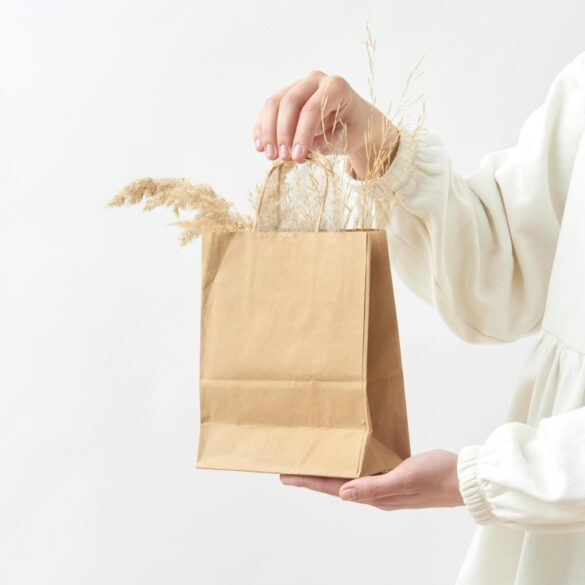Malaysia Rubber Production: Top Innovations for Yield & Sustainability
Ever stopped to wonder how an iconic Malaysian plantation can grow from a sleepy, mist-bound estate into a globally recognized leader in agritech innovation? I have—more times than I’d care to admit, especially after spending years consulting for estates near Taiping. What struck me isn’t just the lush, green rows of Hevea brasiliensis; it’s the everyday struggle and triumph of those on the ground. If you think rubber tapping is a static, century-old affair, let me clarify: Malaysia’s rubber production is undergoing a game-changing transformation, especially in the dual realms of yield improvement and sustainable practices. That’s no exaggeration. These days, being a rubber planter means keeping one eye on the latest weather patterns and the other on the dashboard of digital agronomy tools—an odd but surprisingly effective pairing1.
Groundbreaking Innovations Boosting Yield
If there’s one thing most outsiders miss, it’s how quickly Malaysian estates have embraced digital agriculture. Just yesterday, while reviewing drone footage with a plantation manager in Johor, I saw firsthand how aerial imaging can map tree health, monitor pest outbreaks, and even predict latex yield zones8. It’s pretty solid stuff for a field that—until recently—relied on hand-drawn maps and gut instinct.
Top 4 Yield-Boosting Innovations
- High-Yield Clonal Varieties: Government research institutes, like the Rubber Research Institute of Malaysia (RRIM), have developed clones such as RRIM 2002 and RRIM 3001. These varieties offer up to 20% higher latex yield and improved disease resistance9.
- Precision Tapping Systems: Some plantations use sensor-driven tapping knives that measure tree girth, weather, and latex flow—helping reduce over-tapping and maximize output per tree.
- Integrated Pest Management (IPM): Use of biocontrol agents instead of chemical pesticides—cutting costs and improving long-term soil stewardship10.
- Digital Monitoring Platforms: Mobile apps now track daily tapping, yield, rainfall, and even worker attendance, letting managers tweak operations on the fly.

Expert Quotes & Insights
Here’s what gets me—the depth of expertise in Malaysia’s research community. Professional networks buzz about RRIM reports, Ministry of Plantation Industries initiatives, and even international partners like CIRAD in France. Three years ago, before the industry pivoted more aggressively to tech, I’d see teams debate whether lab-developed clones even matched field performance. Nowadays, most experts agree that hybrid approaches—combining digital mapping, resilient varietals, and community-led stewardship—are the best route forward.
Conclusion & Future Trends
Honestly, thinking about it differently than I used to, Malaysia’s rubber sector is less about competing in raw output and more about leading in integrated innovation and sustainable practices. The industry’s recent pivot—towards digitally mapped estates, premium clone development, and agroecological stewardship—isn’t just lip service. It’s real, daily work: the kind that pulls together scientists, planters, policy-makers, and tech developers. In my experience, the most profitable estates aren’t those with the biggest landholdings, but those that constantly evolve, embrace tech, and put community front and center.
Looking ahead, the biggest leaps will probably come from AI-driven weather prediction, disease modeling, and—even more interesting—regional cooperative models that pool resources, share tech, and reduce cost barriers for small estates17. I’m partial to that vision, especially after seeing how peer networks can help stubborn old-school planters transition to new methods. Actually, the more I consider it, rubber’s sustainable future in Malaysia feels vibrant, adaptive, and—if enough people join in—globally relevant.
Final Call-to-Action
The future of Malaysian rubber starts (and thrives) with those who choose smarter, community-minded innovation. If you’re ready to boost your yield or rethink your plantation strategy, reach out to local training initiatives, university-led pilots, and your own peer networks. Malaysia’s rubber sector needs practical champions, not just passive participants.



